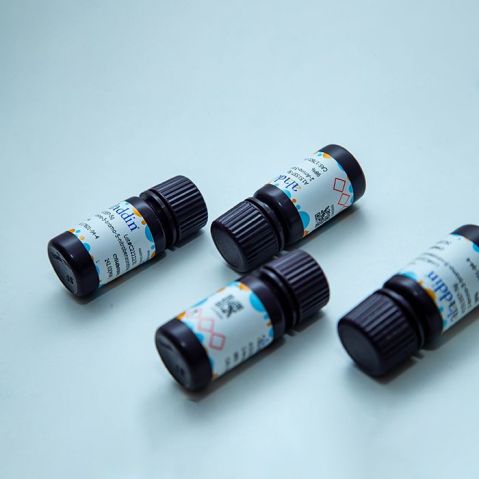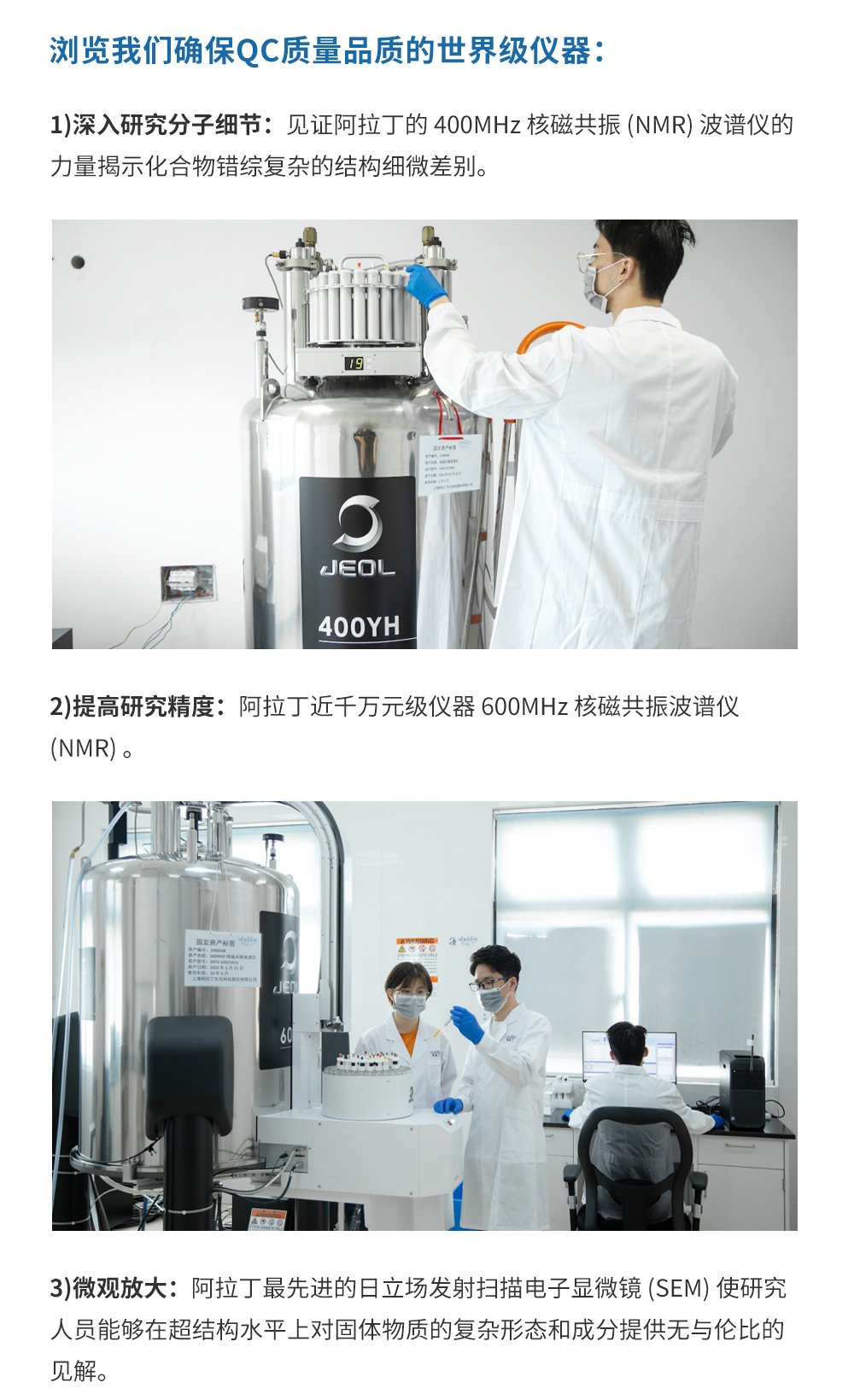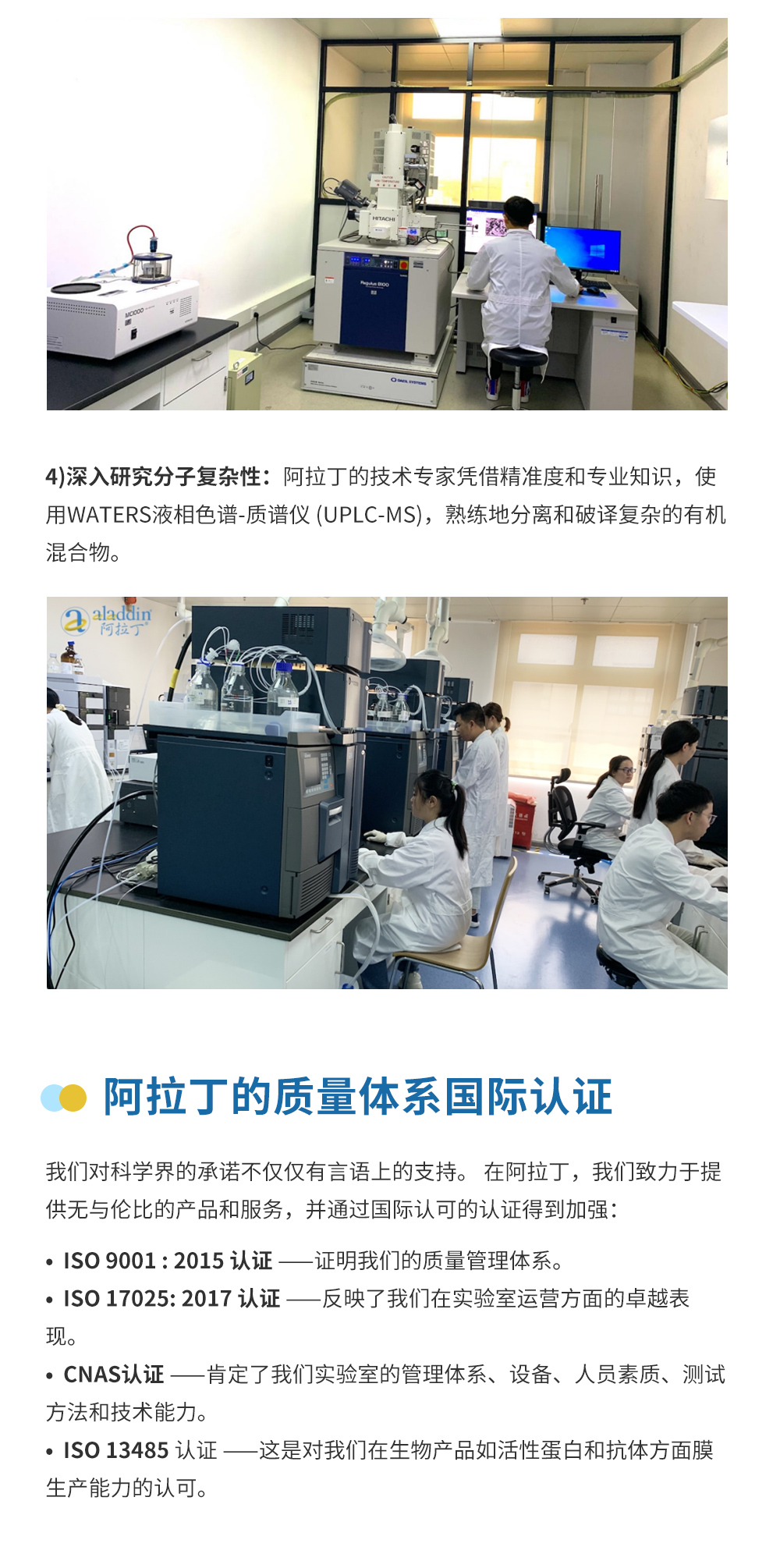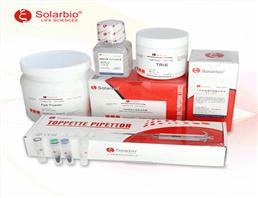网站主页
5(6)-羧基四甲基罗丹明
5(6)-TAMRA,胺改性试剂
aladdin 阿拉丁 C272939 5(6)-TAMRA,胺改性试剂 150347-56-1 97%
5(6)-TAMRA
150347-56-1
150347-56-1
¥926.90
100mg
起订
¥1627.90
250mg
起订
上海 更新日期:2025-05-16
产品详情:
- 中文名称:
- 5(6)-TAMRA,胺改性试剂
- 英文名称:
- 5(6)-TAMRA
- CAS号:
- 150347-56-1
- 品牌:
- 阿拉丁
- 产地:
- 上海
- 保存条件:
- 避光,-20°C储存,干燥
- 纯度规格:
- 97%
- 产品类别:
- 化学和生化试剂 生化试剂
- 分子式:
- C25H22N2O5
- 分子量:
- 430.46
- 运输条件:
- 超低温冰袋运输
- 产品规格:
- 100mg、250mg
- 货号:
- C272939
- 是否进口:
- 否
公司简介
上海阿拉丁生化科技股份有限公司是A股上市公司((股票代码:688179),专注于科研试剂的研发、生产和销售,已陆续建立多个工厂和研发中心。作为领军企业,阿拉丁始终坚持质量第一,连续13年被评为“最受欢迎试剂品牌”。
阿拉丁目前常备库存试剂产品品种超过7万种,SKU总数超过46万,产品线涵盖了化学试剂、生化试剂、药靶配体、蛋白质和抗体等多个领域,是国内少数化学试剂到生物试剂全面发展的国产试剂品牌,产品同步发布在我们国内外电商平台。
| 成立日期 | (17年) |
| 注册资本 | 14130.676万人民币 |
| 员工人数 | 500人以上 |
| 年营业额 | ¥ 1亿以上 |
| 经营模式 | 工厂,试剂 |
| 主营行业 | 生物化工,化学试剂 |
5(6)-TAMRA,胺改性试剂相关厂家报价
-
- 5(6)-羧基四甲基罗丹明(混合物)
- 北京索莱宝科技有限公司 VIP
- 2025-12-29
- ¥16800.00
-

- 5(6)-羧基四甲基罗丹明
- 河南威梯希化工科技有限公司 VIP
- 2025-12-25
- 询价
-
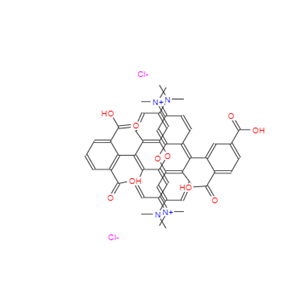
- 5(6)-羧基四甲基罗丹明
- 成都迪合永欣医药科技有限公司
- 2024-01-30
- 询价
-
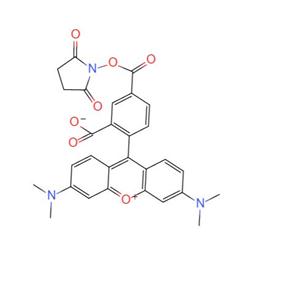
- 5(6)-羧基四甲基罗丹明
- 上海瑶玥生物科技有限公司
- 2023-06-01
- 询价

